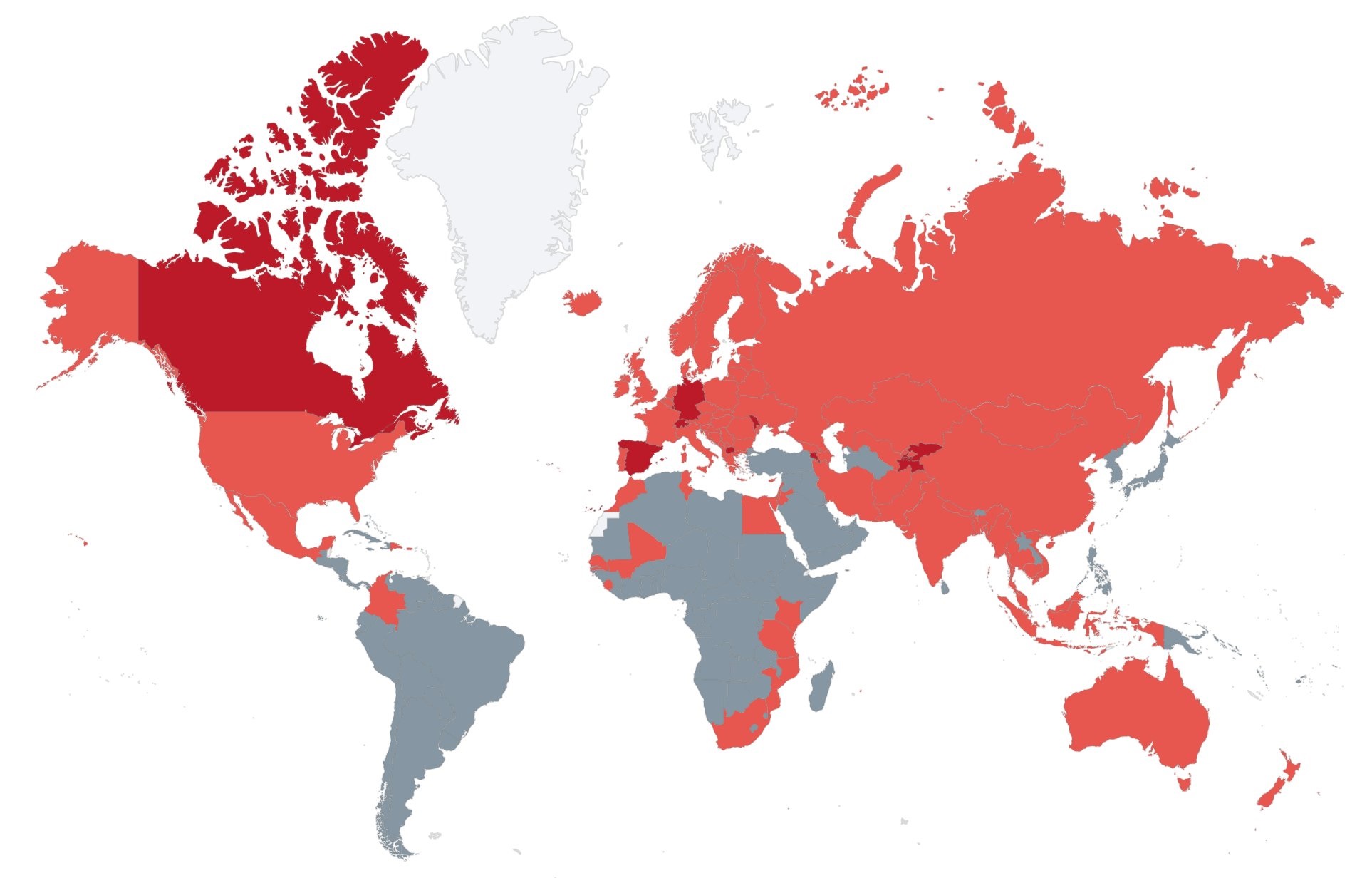Using extracts from the GCDP press release
The Global Commission on Drug Policy presented their report “Enforcement of Drug Laws: Refocusing on Organized Crime Elites” on 7 May 2020.
In this first report of this decade, the Commission outlines how the current international drug control regime works for the benefit of transnational organized crime. It highlights how years of repressive policies targeted at nonviolent drug offenders have resulted in mass incarceration and produced countless adverse impacts on public health, the rule of law, and social cohesion, whilst at the same time reinforcing criminal elites.
The report argues that the top layers of criminal organizations must be disempowered, through policy responses and political will. It provides implementable recommendations for the replacement of the current policy of targeting non-violent drug offenders and resorting to mass incarceration. Law enforcement must focus on the most dangerous and protected actors and primary drivers of the corruption, violence, and chaos around illegal drug markets.
The control of psychoactive substances in a rational and efficient way must be cantered on people and their needs, and on a repressive approach against criminal elites who benefit from the illegal drug markets’ proceeds and have access to high-level networks, financial and legal support as needed. Only responsible legal regulation of currently prohibited drugs, with careful implementation, has the potential to disrupt criminal organizations and deprive them of their most lucrative sources of income.
The report contains research on the prerequisites for a successful transition towards the reform of the outdated ideology-based international drug control regime, and provides cutting-edge recommendations on how to ensure that international criminal organizations are effectively disempowered by the transition towards a legally regulated drug market under the control of governments.
“The overcrowding of prisons worldwide is a direct result of drug policing,” Ruth Dreifuss, former president of Switzerland and chair of the Global Commission on Drug Policy, told AFP. “These are young people, often only those who possess drugs for their own consumption, or non-violent criminals who are there generally due to a lack of other opportunities to make a living.”
 The report is available following this link>>>
The report is available following this link>>>
Recording of the report presentation held on 7 May 2020 is available here>>>



 The COVID-19 and drug markets Report is
The COVID-19 and drug markets Report is 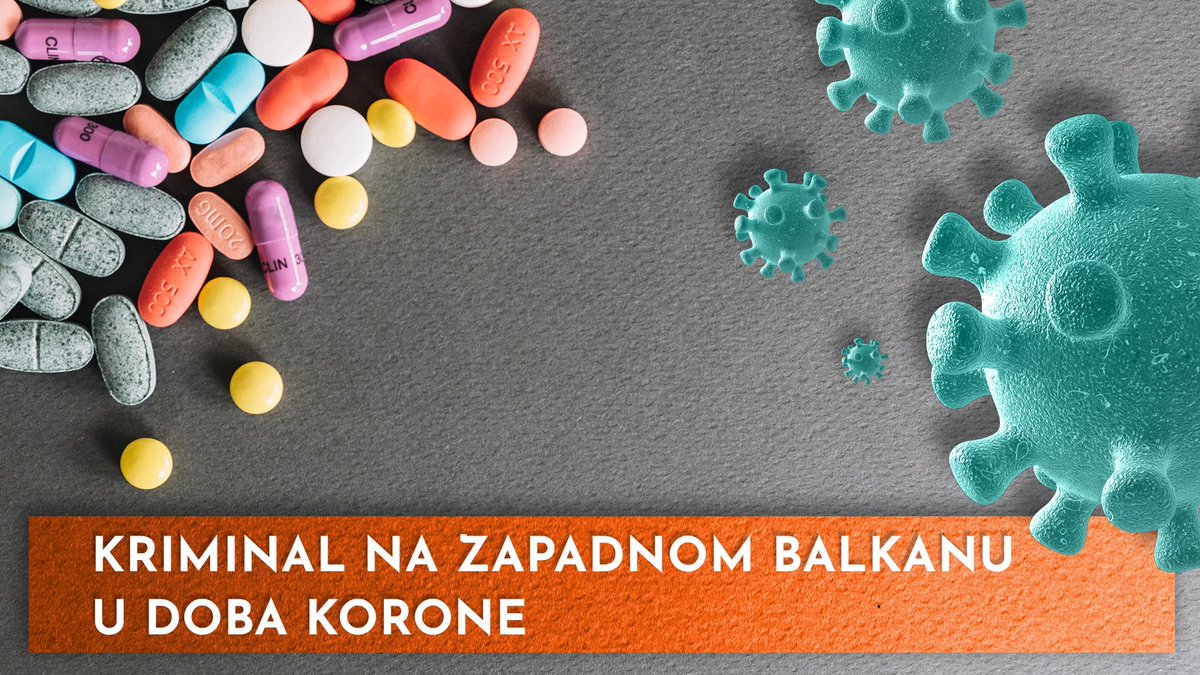


 The
The  To read the report
To read the report 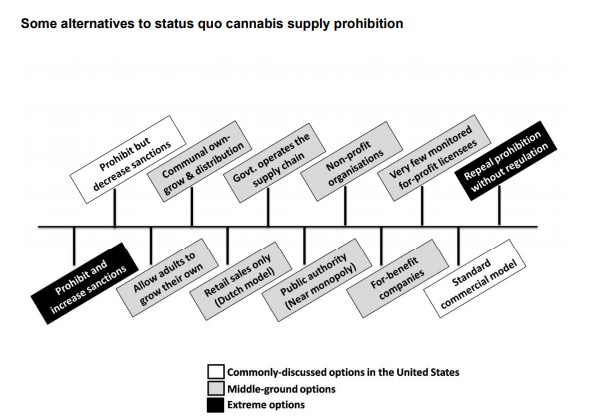
 To download the report,
To download the report, 
 To read the report,
To read the report, 
 The European Cannabis Report™: Edition 4, published by
The European Cannabis Report™: Edition 4, published by 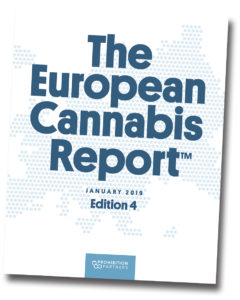 To obtain the report,
To obtain the report, 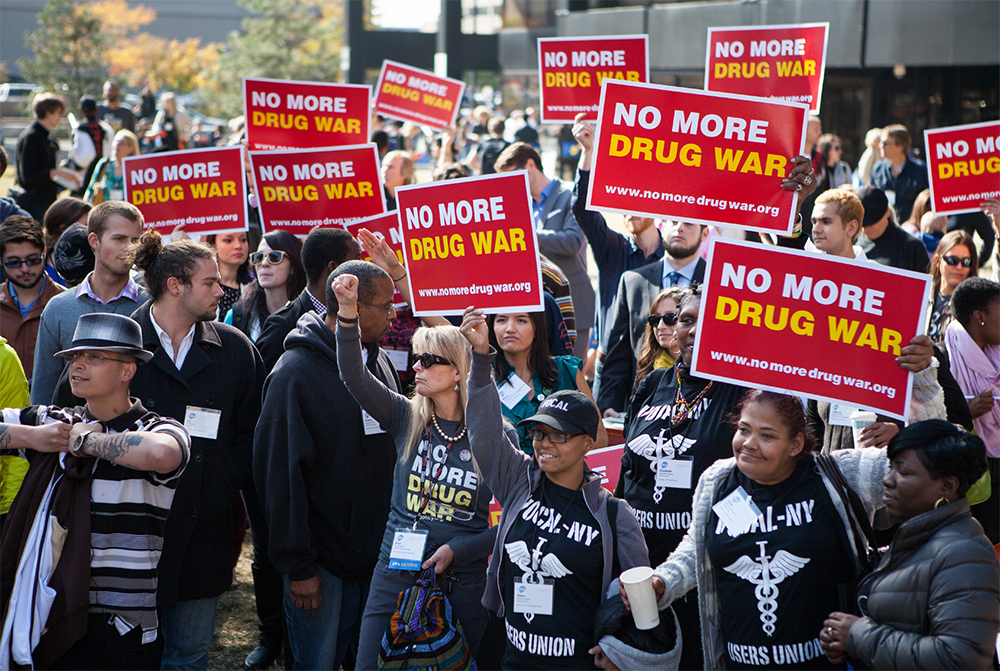
 The Drug Policy Alliance believes it is time to rethink the “drug dealer.” We must urgently assess what type of people actually fall into this category and how we as a society can respond to them in ways that will keep people and communities safer and healthier. This work has been motivated by the leadership of formerly incarcerated people and drug users unions.
The Drug Policy Alliance believes it is time to rethink the “drug dealer.” We must urgently assess what type of people actually fall into this category and how we as a society can respond to them in ways that will keep people and communities safer and healthier. This work has been motivated by the leadership of formerly incarcerated people and drug users unions. To read, download or share the report
To read, download or share the report 
 Authors claim that there is growing evidence to support reorienting drug policy away from an ideologically driven criminal justice-led model to one rooted in pragmatic health and harm reduction principles. Current policy is not meeting its goal of reducing harms, and greater control of MDMA production, distribution, purchase and consumption is needed in order to prevent MDMA-related emergencies.
Authors claim that there is growing evidence to support reorienting drug policy away from an ideologically driven criminal justice-led model to one rooted in pragmatic health and harm reduction principles. Current policy is not meeting its goal of reducing harms, and greater control of MDMA production, distribution, purchase and consumption is needed in order to prevent MDMA-related emergencies.